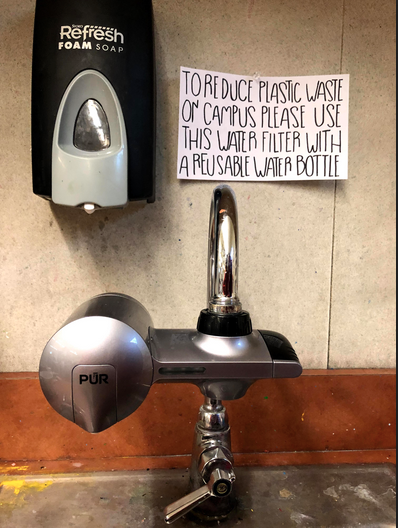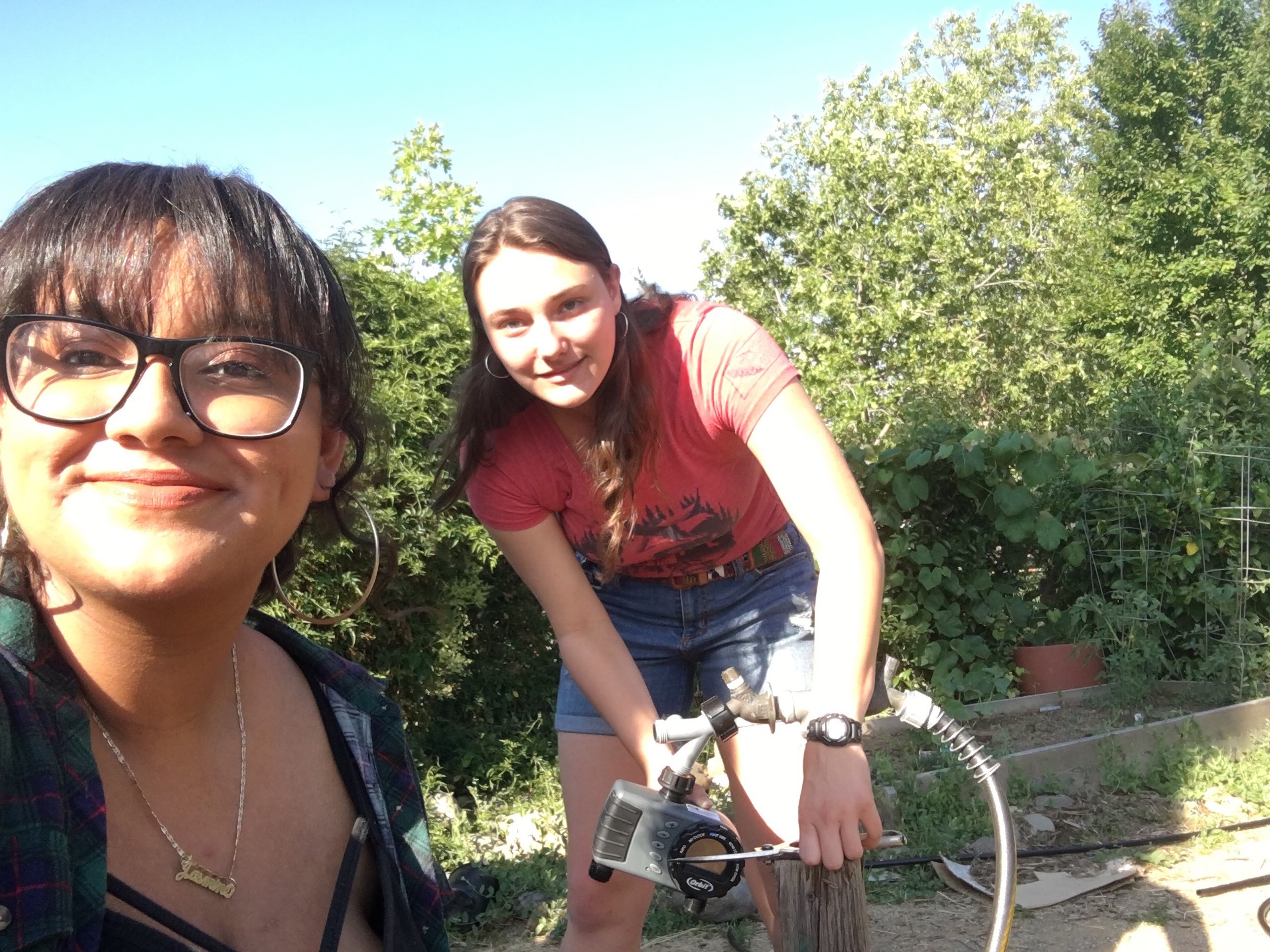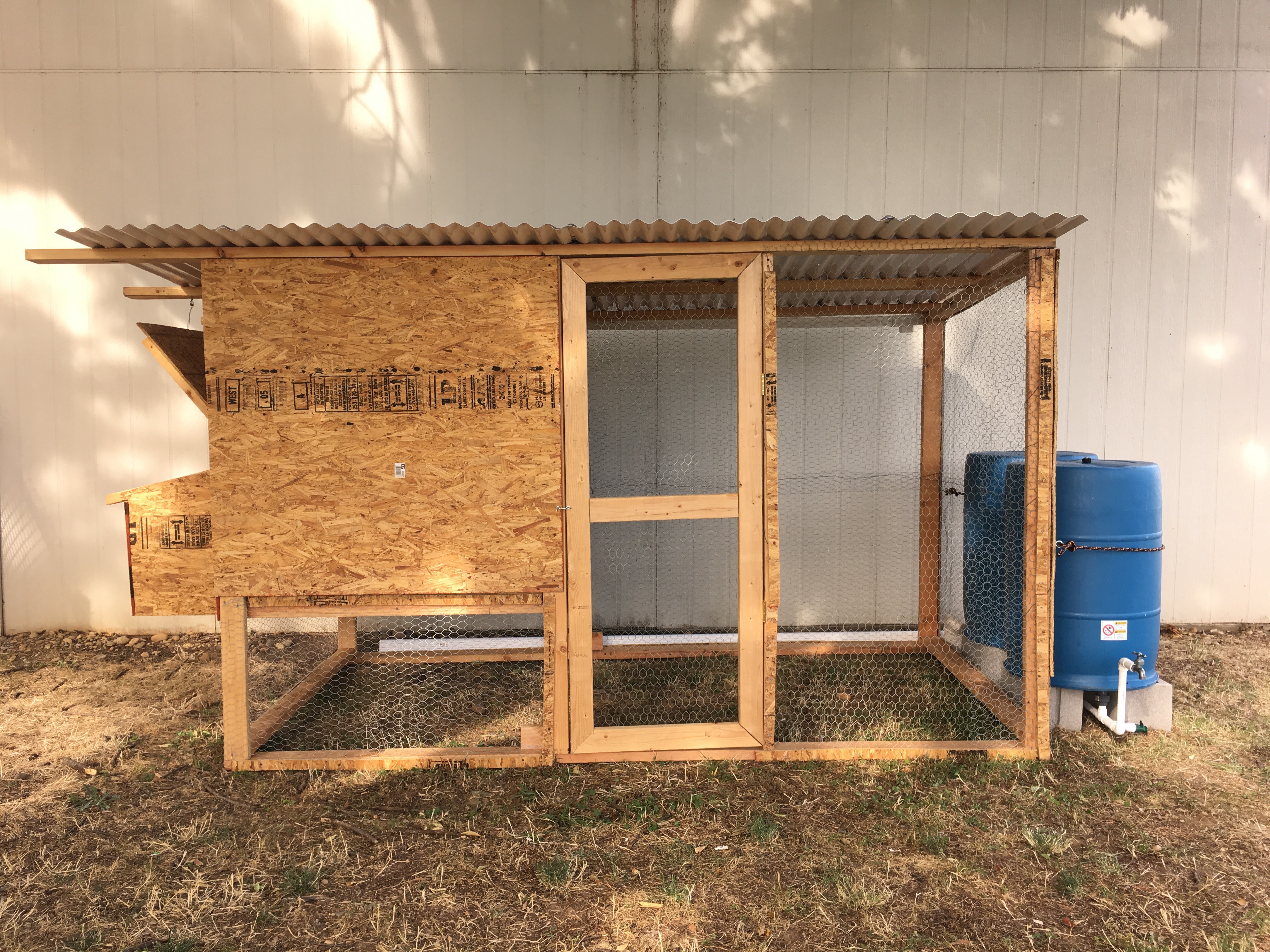2021, Virden Collegiate, Virden, MB, Canada
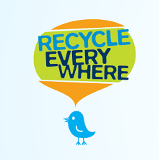
Jae and Breanna are students from Virden Collegiate in Virden, MB. They saw a need for more garbage and recycling bins at their school, so they had these new ones installed near the student parking lot to give people a place to properly dispose of their waste and keep their community cleaner!
“Picture this, you’re driving through Virden and decide to stop by the high school for a brief visit. You pull into the student parking lot and see a Tim Hortons coffee cup, you look a lile harder and see garbage all throughout, you then look and see the only two garbage cans are located side by side at the entrance of the parking lot. Our proposal is to implement more recycling bins and/or garbage bins within the proximity of the student parking lot to help limit the amount of free lance garbage and start creating a better environment not just for the school, but for the community as well!”
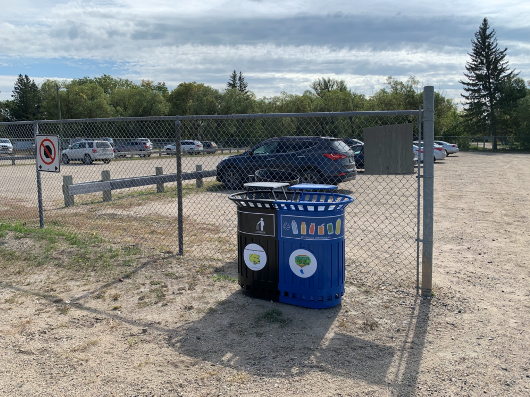

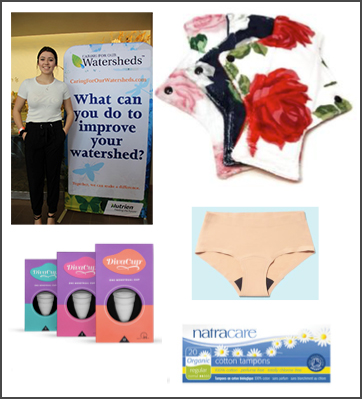
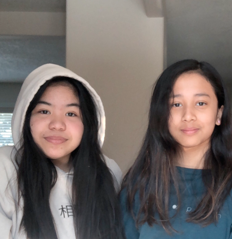
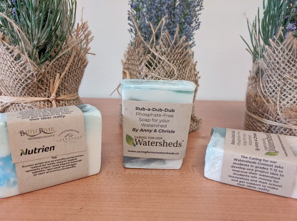
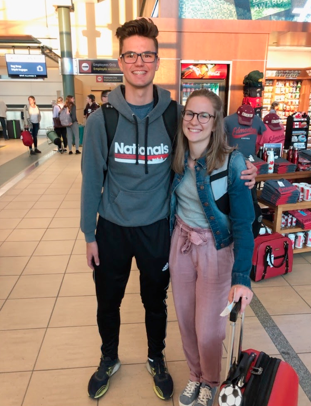
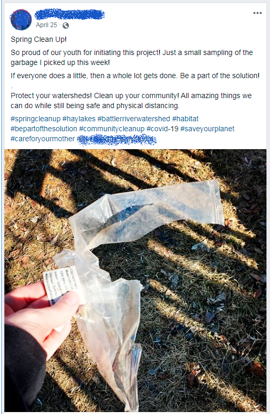
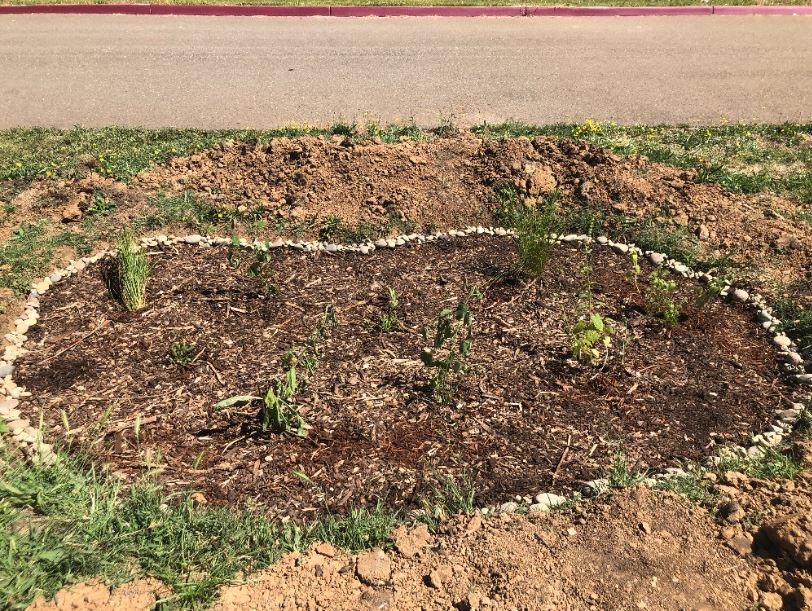
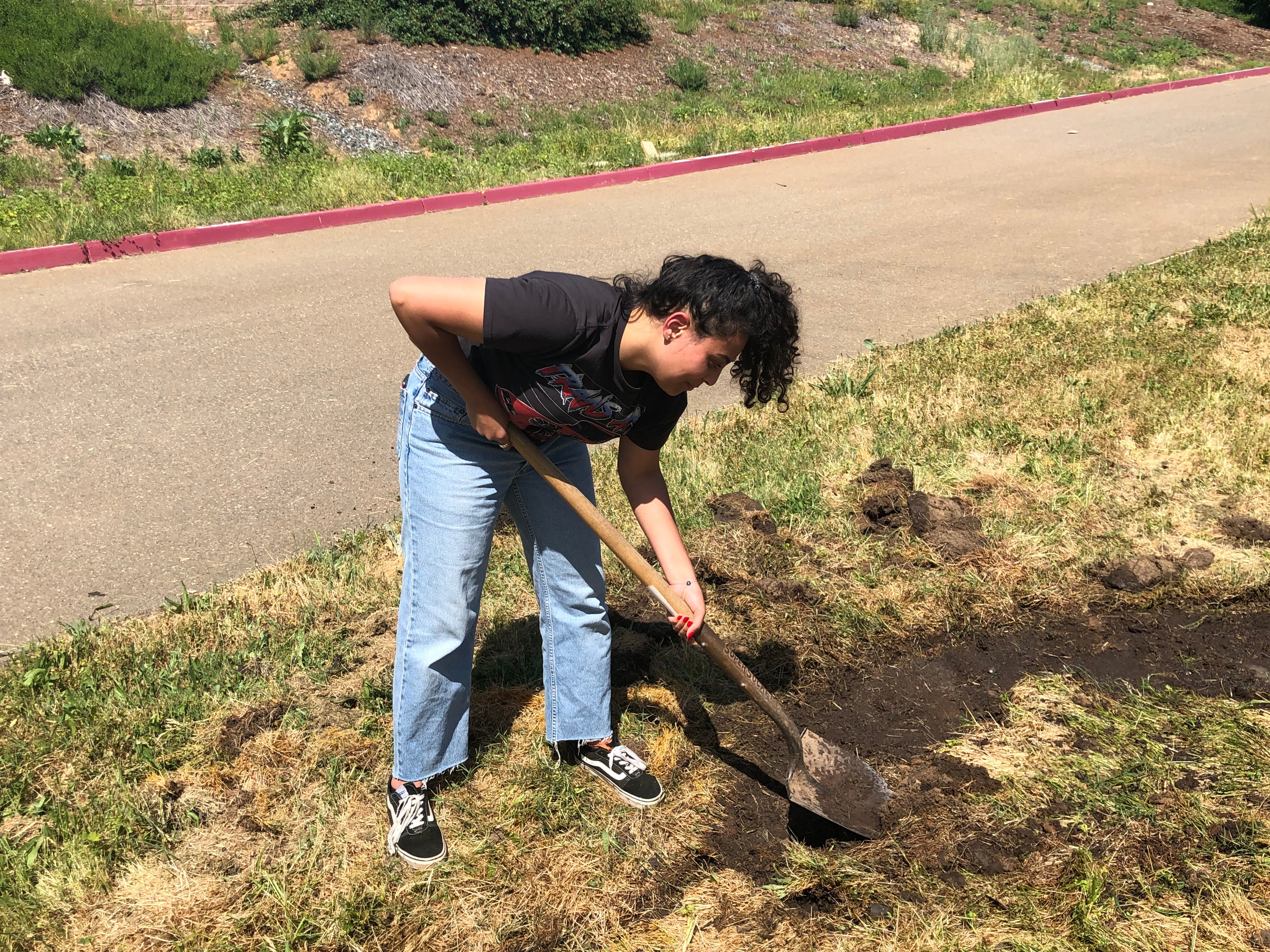
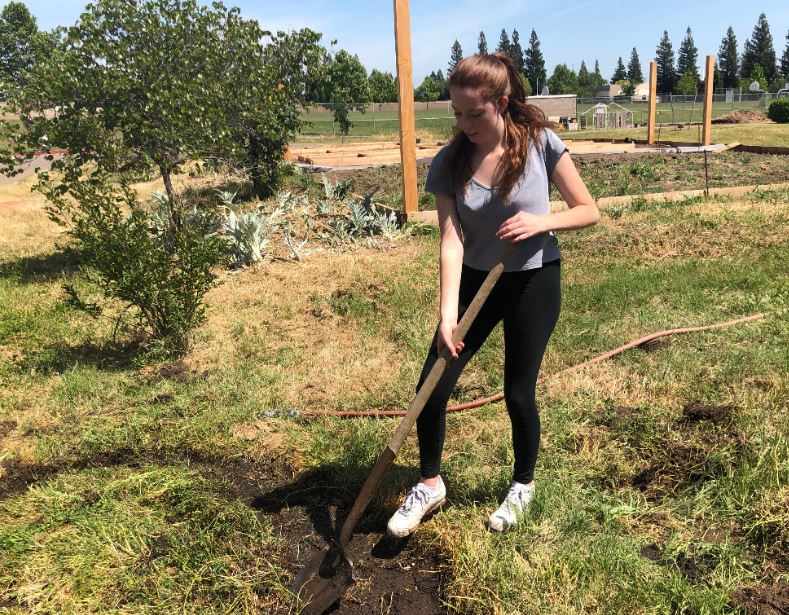
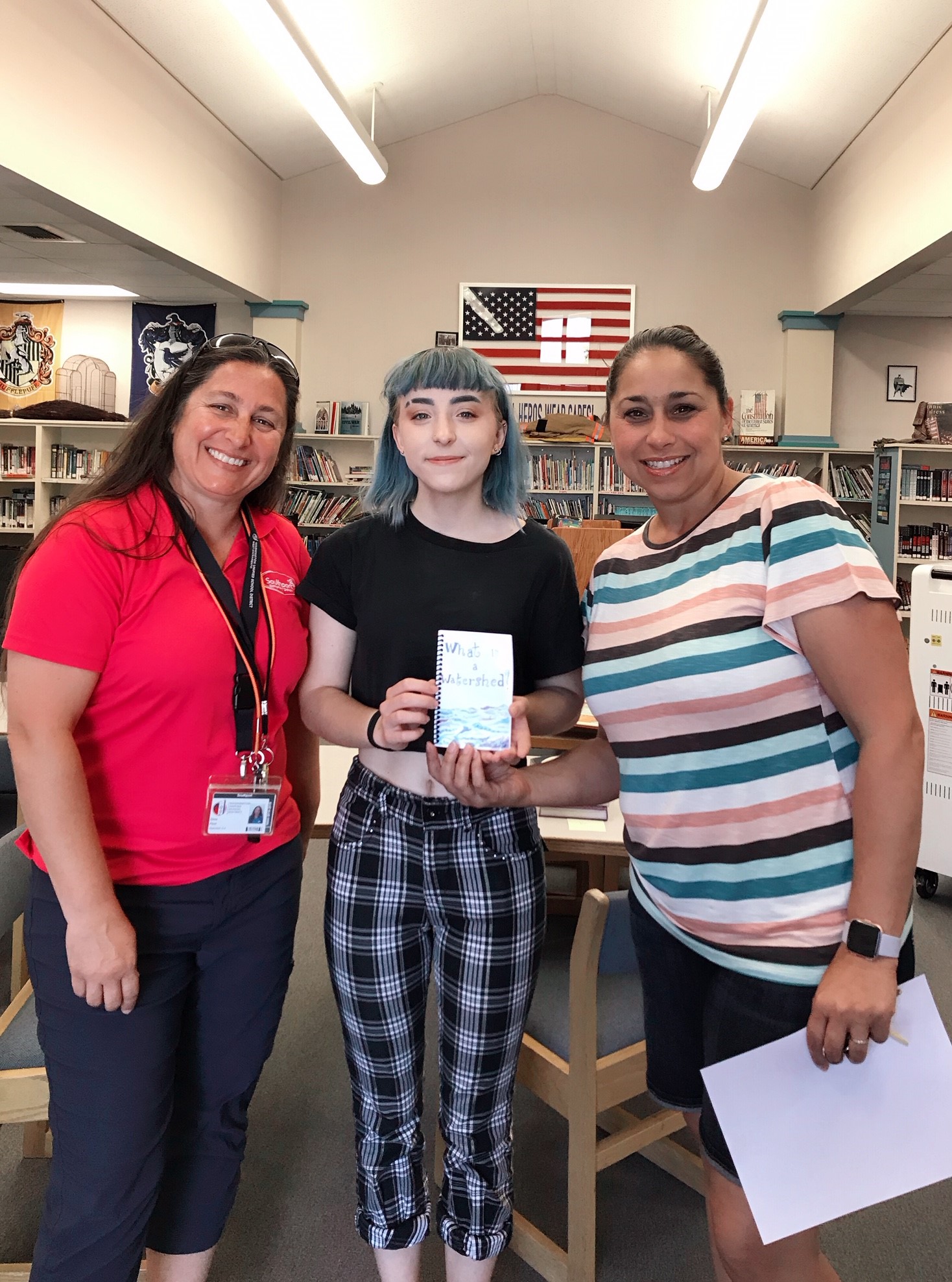 2019, West Sacramento, California, USA
2019, West Sacramento, California, USA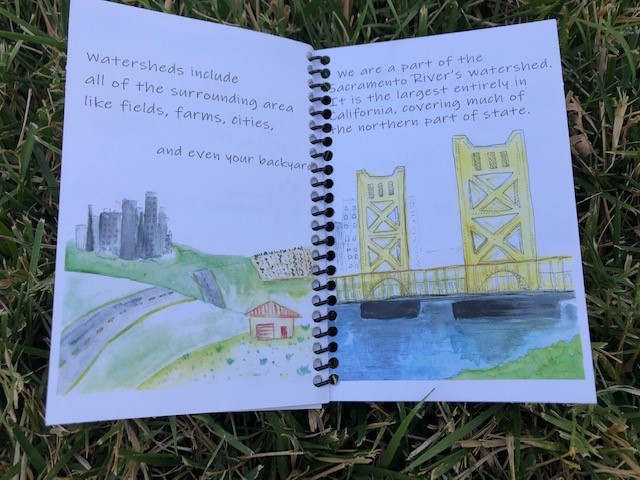
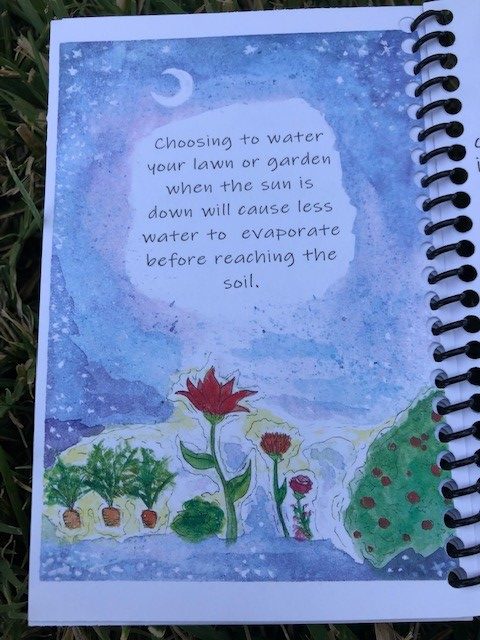
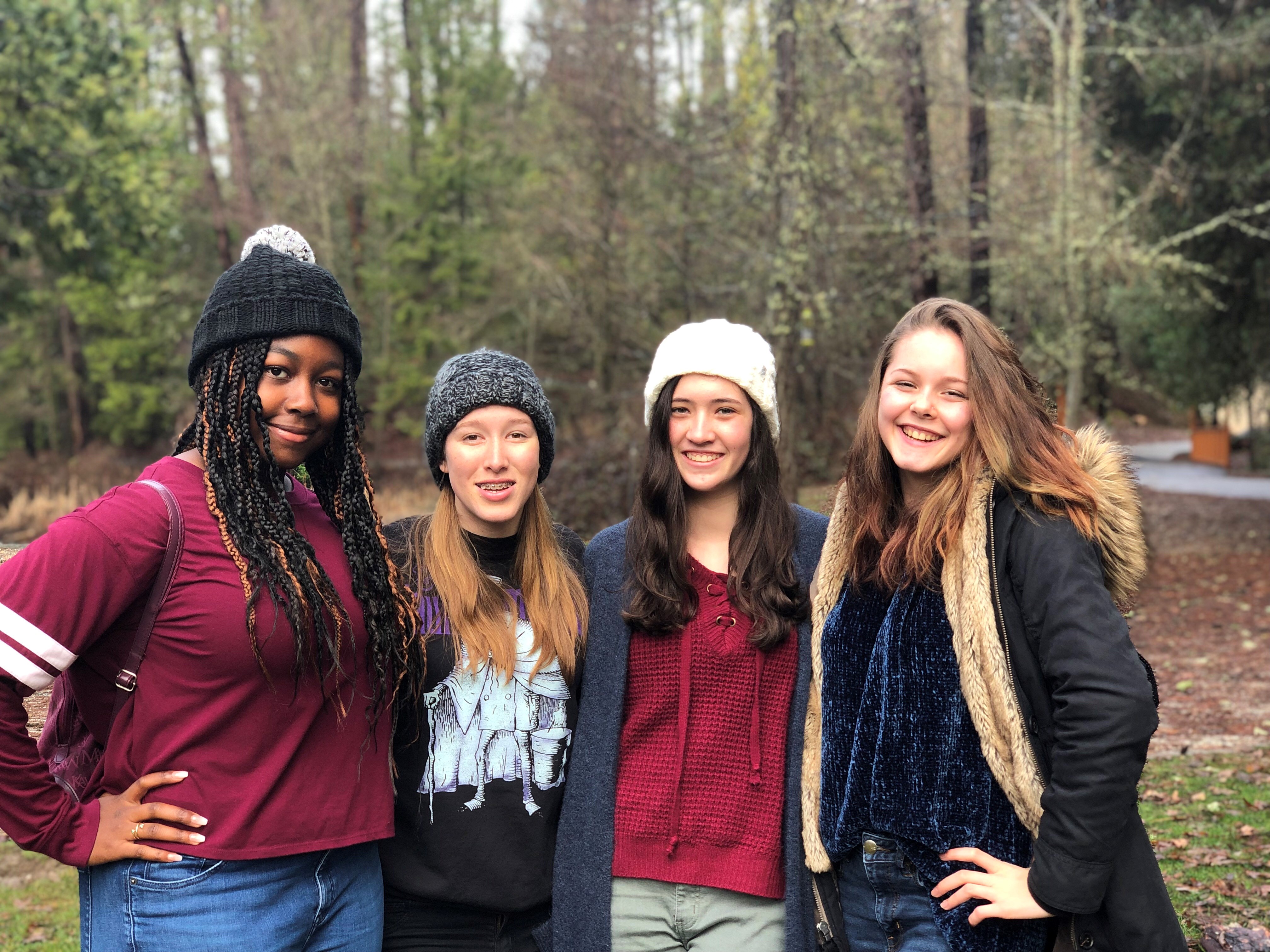

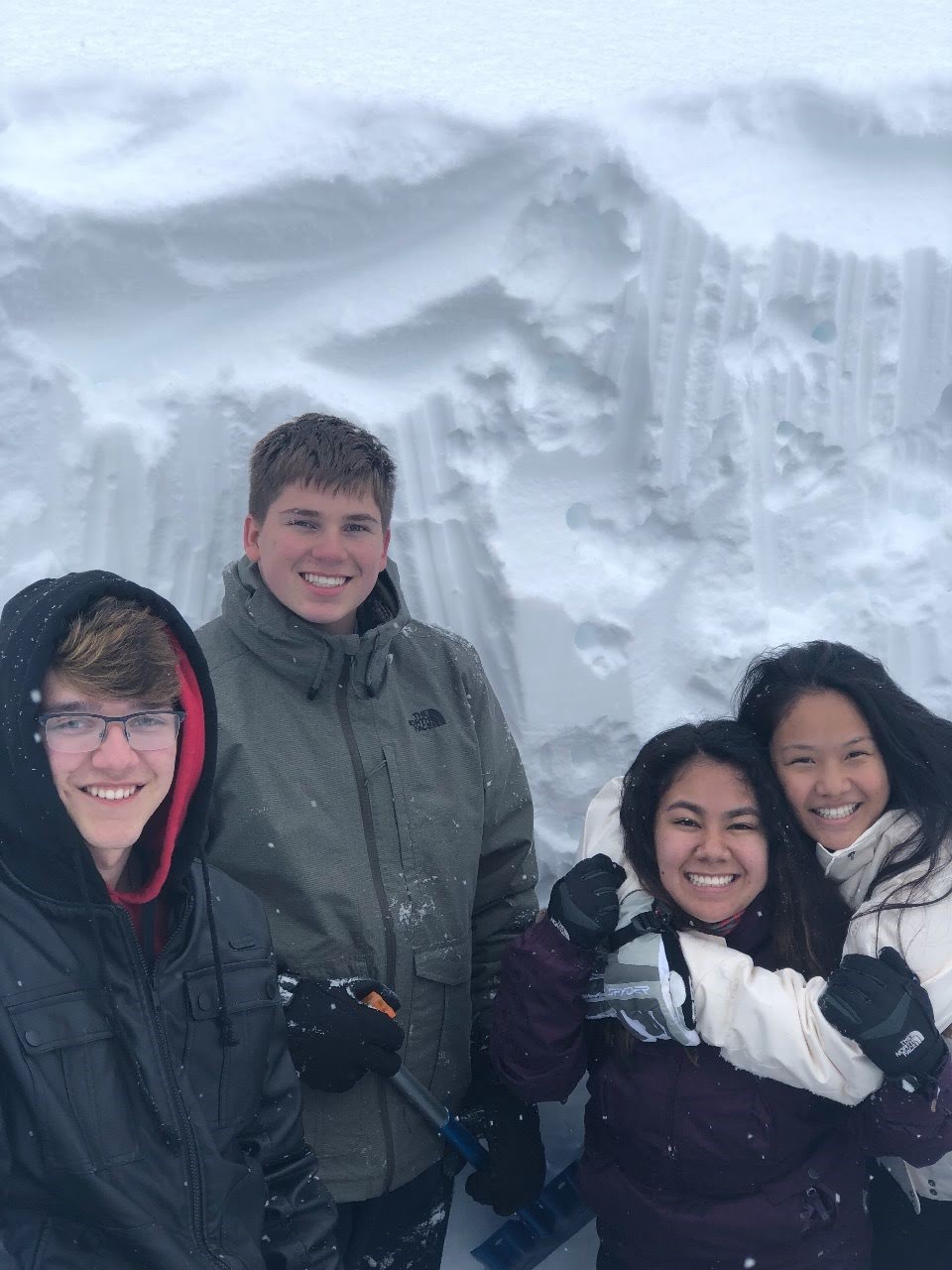
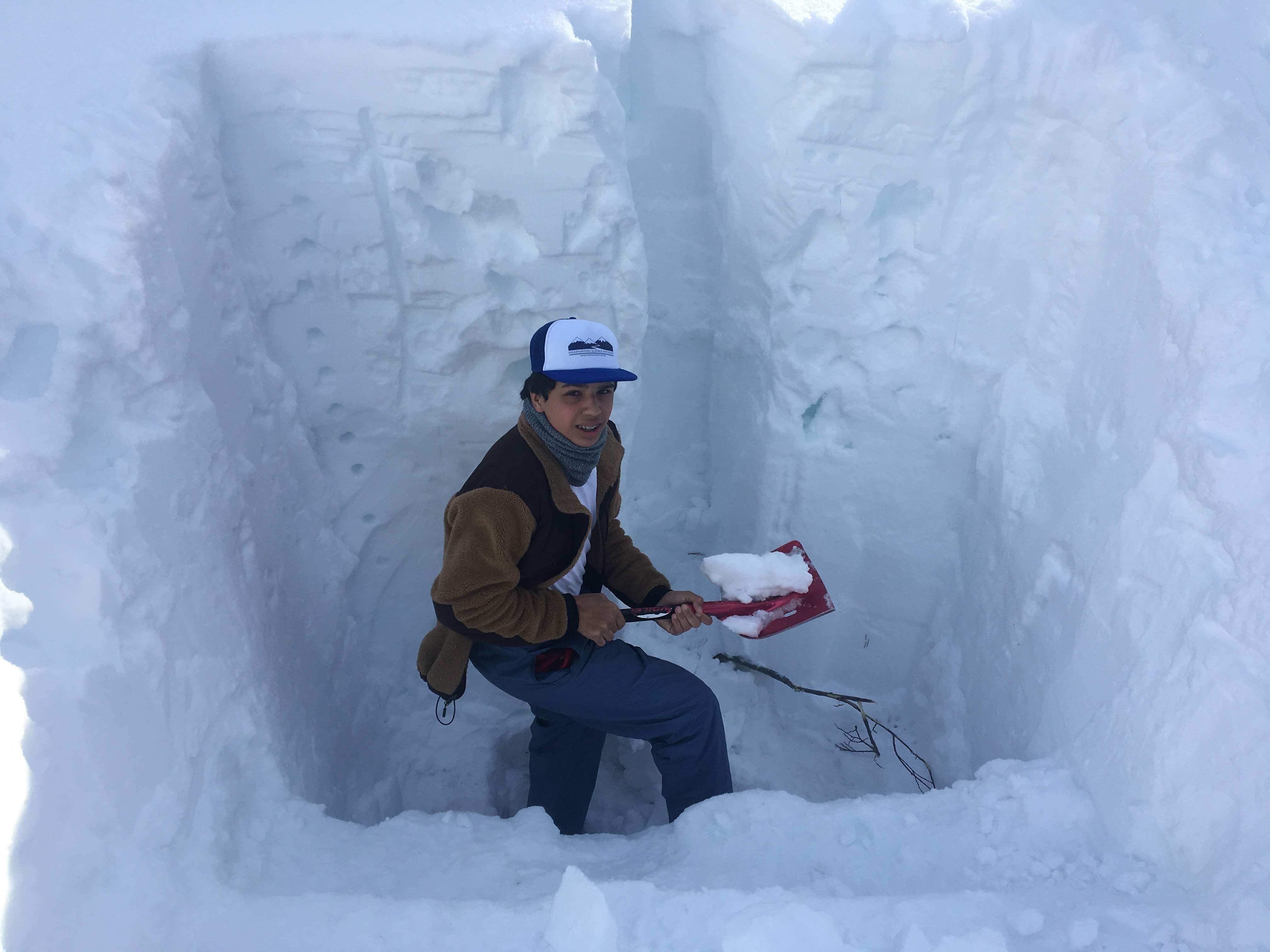
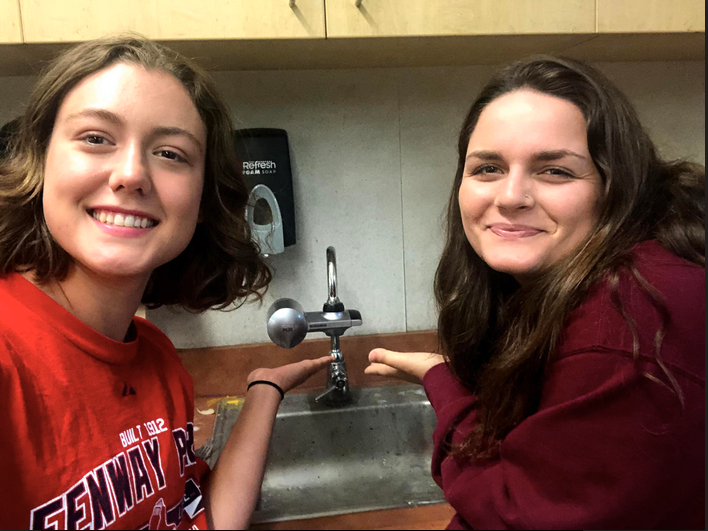 2019, Sacramento, California, USA
2019, Sacramento, California, USA